#electric eel
Text
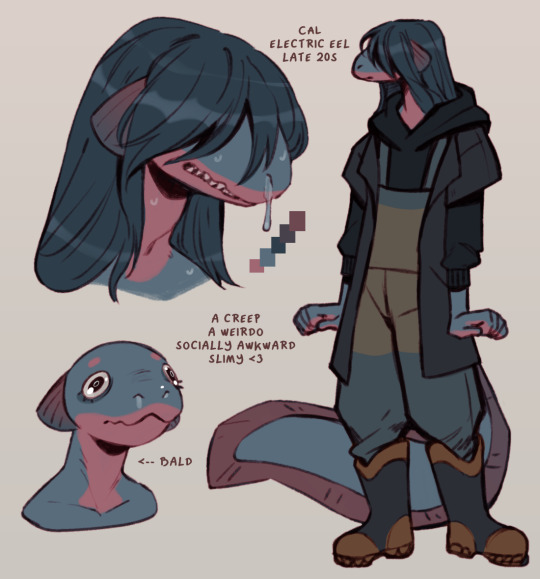
new lil loser guy.... cal :3
5K notes
·
View notes
Text












okay i think that's all the oceany valentines i'm going to do . happy (early) valentines day!
#valentines#valentines day#octopus#shark#sea angel#crabeater seal#cuttlefish#electric eel#marine biology#my art#kinda? the tentacles were creative commons or whatever? the rest are my vectors tho
847 notes
·
View notes
Text

Jolts from electric eels cause fish to absorb free-floating DNA
Zebrafish larvae took up genes for fluorescent proteins and began to glow after swimming with eels.
Think of it as a sort of superhero origin story for zebrafish:
Getting zapped by electric eels can allow them to acquire new DNA—and new abilities—researchers reported yesterday in PeerJ. Scientists working with genetic engineering sometimes use electricity to open temporary holes in cell membranes to allow foreign DNA to enter.
To find out whether a version of this phenomenon can happen in nature, the team put electric eels (Electrophorus electricus, pictured) and larvae from zebrafish (Danio rerio) into a tank together, along with free-floating genes that code for a green fluorescent protein.
After a day swimming amid the eels’ electric shocks, some larvae started to glow green, New Scientist reports, indicating their cells had taken in and begun to express the foreign genes.
The newly acquired DNA degraded quickly—the larvae only glowed for about a week—but it caused scientists to wonder: Could a wild animal acquire genes in this way and pass them to its offspring?
Researchers aren’t yet sure, but if so, they say it could introduce new mutations that influence the species’ evolution.
via: https://www.science.org/content/article/jolts-electric-eels-cause-fish-absorb-free-floating-dna
670 notes
·
View notes
Text

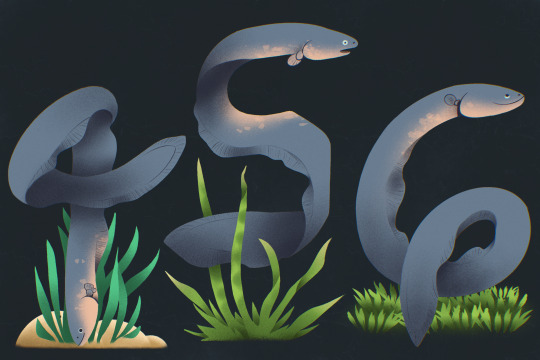
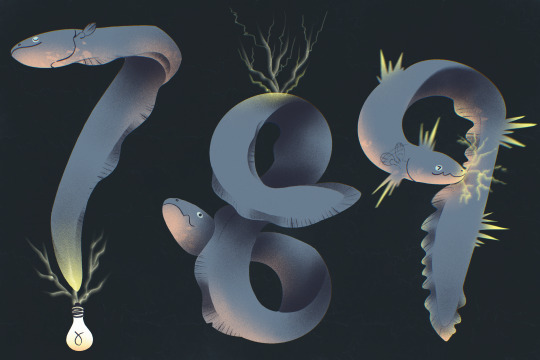
A small art project over the past 2 weeks while recovering from COVID :') I nicknamed it coveel 1-9.
I'm on week 3 of recovery and still struggling with fatigue but so glad it's getting a bit better each day!
291 notes
·
View notes
Photo

ADORE Tesla the Electric Eel Plush
2K notes
·
View notes
Text
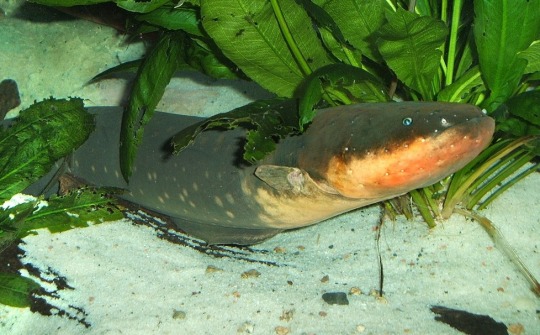
Electric Eel (Electrophorus electricus), family Gymnotidae, order Gymnotiformes, found in freshwater habitats in northern South America
These predatory fish are able to stun prey using electric shocks of up to 860 volts.
They are not true eels, but are in the same order as neotropical knifefish.
photograph by Steven G. Johnson
#electric eel#knifefish#bony fish#fish#south america#electrophorus#gymnotidae#gymnotiformes#animals#nature#ichthyology
149 notes
·
View notes
Text
Day 10
#katnep#karkat vantas#karkat#karnep#nepkar#nepeta leijon#nepeta#nepkat#homestuck#electric eel#electric feel#electric feel friday
606 notes
·
View notes
Text
Wet Beast Wednesday: electric eel
Prepare to be jolted this Wet Beast Wednesday as we dive into the shocking world of electric eels. The fist thing to know about electric eels is that the name is a lie. Not the electric part, that's true, but the eel part. Despite appearances, electric eels are actually knifefish, a group of freshwater fish that are more closely related to catfish and piranha than to true eels.

(Image: three electric eels swimming in an aquarium. One in front is seen in profile. It is an elongates, slender, brown fish with tiny pectoral fins and a long anal fin that runs under most of the body. End ID)
There are three species of electric eel, though they are so similar to each other that they were previously classified as one species. The species are Electrophorus electricus, Electrophorus voltai, and Electrophorus varii. The main difference between the species are in the shape of the skull. All electric eels are elongated fish that are cylindrical at the front and flattened vertically at the tail. They have no pelvic or dorsal fins and the tail fin is small and fused with the anal fin, which runs across most of the body. The anal fin is the primary means of locomotion for the eels. By undulating the fin in a wavelike motion, the eel can swim forward, backward, or hover in place. The body of the eel is scaleless, instead bing covered in muddy brown skin. Electric eels grow throughout their entire lives and grow new vertebrae as they get longer. The largest species, E. electricus, can reach 2 meters (6.6 ft) long and weighs up to 20 kg (44 lbs). They are obligate air-breathers, being incapable of obtaining enough oxygen through their gills to survive. Instead, they must surface every two to ten minutes to breathe. The inside of the mouth is wrinkly and heavily vascularized, resulting in a high surface area that can absorb oxygen as long is it stay wet. The floor of the mouth can flex to draw air in and then it is forced out through the gills. Carbon dioxide is excreted through the skin. Electric eels have poor eyesight, but have electroreception and very good hearing thanks to Webers apparatus, a set of tiny bones that connect the inner ear to the swim bladder. The apparatus amplifies sounds that the ear would not be able to detect on its own.

(Image: a close-up of an electric eel's head. It is round and brown, reminiscent of a potato in texture. The mouth is located on the frond and is closes, with no visible teeth. Tje eye is very small and pale blue. Across the head are sensory pits that look like small holes. End ID)
All of the vital organs of the eels are packed into the first fifth of its body length. The rest of the body contains the electric organs. Keeping the vital organs in the front of the body isolates them from the electric organs, preventing the fish from damaging their organs while generating electricity. The electric organs take up so much more space because they need to generate very powerful electric shocks. Most fish that hunt with electricity are saltwater species as salt water conducts electricity much better than freshwater. Because electric eels are freshwater fish, they need to generate much more powerful shocks to effectively hunt other animals. E. voltai can produce a maximum recorded 860 volts of electricity, the highest of any animal. Electric eels are electroreceptive, able to sense electric fields in their surroundings. Electroreception is divided into passive (animal senses electric fields of others) and active (animal generates its own electric field and can sense distortion in that field caused by other objects or animals). Electric eels are active electroreceptors. They sense changes in their electric field using sensory pits on the head that are derived from the lateral line system that all fish have. Electric eels have three electric organs: the main organ, Sach's organ, and Hunter's organ. The main organ sits in from of the Sach's organs while the Hunter's organ sits beneath both. The organs are derived from muscles and consist of stacks of structures call electrocytes, which are made up of specialized cells. When the brain sends a signal to the electric organs to produce a shock, special ion channels pump sodium ions into the cells while different channels pump potassium out. This creates a sudden difference in electric potential, which is what generates the shock. Producing electricity is a costly process and the eels need rest and nourishment between multiple successive shocks. The main organ generates the powerful shocks used to stun prey while the Sach's organ creates weaker shocks used for active electroreception. Hunter's organ appears to support the other two.
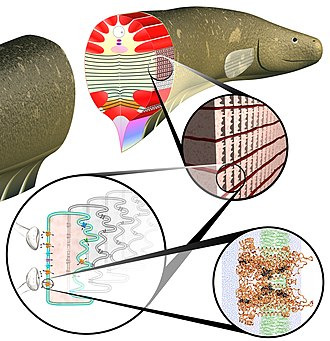
(Image: an artistic depiction of a cross-section of an electric eels, showing the structure of the main electric organ. From there, the image is zoomed in on multiple times, showing the the structure of the electrophytes, the protein channels, and the structure of the proteins involved in generating electricity. End ID. Art by Daniel Zukowski)
Electric eels are found in northern South America and the ranges of the three species generally do not overlap. They prefer muddy bottoms or swampy areas. The terrain of their territory changes quite a bit through the year. In the wet season, water levels rise, flooding sections of forest and grassland and connecting streams and ponds. In the dry season, water levels drop and many streams and ponds are isolated. These isolated bodies of water become warm, low-oxygen areas where fish that rely on gills are at a disadvantage while air-breathing fish like the electric eels can thrive. Electric eels are nocturnal predators that detect and stun prey through their electric abilities. Their diet consists mostly of fish, but they will take just abut anything. While mostly solitary, E. varaii have been observed coordinating with each other to hunt schools of tetras. When the electric field generated by Sach's organ is disturbed by another animal, the eel will use the main organ to produce a strong shock to stun the prey. Stunning can be done from a distance, but is more effective if the eel makes contact with the other animal. An initial shock may be used to temporarily immobilize prey long enough for the eel to contact it and release a second shock. Some sources propose that the eel can use its shock to forcibly contract muscles in other animals, either immobilizing prey or forcing prey to move, making them easier to sense. Where or not this is something the eels can actually do is up for debate. Electric eels also use their shocks to deter potential predators. When feeling threatened by something on land, the eel can leap out of the water to make contact with the threat and shock it. Very few animals prey on electric eels, but known predators include caiman, alligators, and piranha.

(Image: six frames showing na electric eel in captivity responding to a perceived threat (a fake caiman head) by partially leaping out of the water and contacting the head to shock it, before returning to the water. End ID)
Electric eels breed in the dry season. Males will use their saliva to glue together mud and sand into nests where the females lay their eggs. The male then fertilizes the eggs by releasing sperm onto them. The females may lay eggs multiple times during the breeding season and can lay up to 1200 at a time. The male stays by the nest to guard the eggs and hatchlings for up to four months. The lifespan of electric eels is in question, but captive specimens can live for up to 20 years.

(Image: an electric eel resting on a pile of wood next to some rocks. End ID)
All species of electric eel are classified as least concern by the IUCN, meaning they are not at threat of extinction. Threats to them mostly consist of pollution and habitat loss. Studies of the electric properties of the eels have lead to multiple discoveries and inventions. In particular, Luigi Galvani was inspired by studies on the eels when he invented the battery. Electric eels are also important in the study of the voltage-gated sodium channel. These channels are used to generate electricity, but are also used to trigger the contraction of muscle cells in many species, including humans. It is hard to study the channels in muscle cells because they are found in very small amounts. The electric organs of the electric eel have much higher quantities of these channels, making it much easier to study them. Better understanding of voltage-gated sodium channels could lead to improvements in prostheses and medical implants.
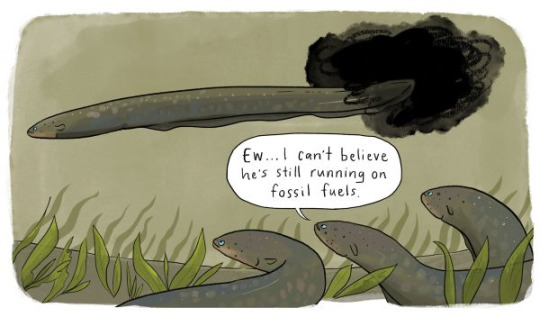
(Image: a cartoon showing an electric eel swimming with a black cloud emerging from its tail. Threee other eels watch from the side, one commenting "Ew... I can't believe he's still running on fossil fuels". End ID. Source)
#wet beast wednesday#electric eel#fish#fishblr#knifefish#freshwater fish#biology#zoology#ecology#animal facts#informative#science
101 notes
·
View notes
Text


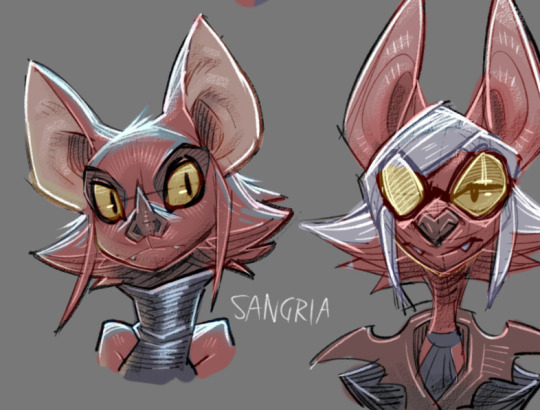




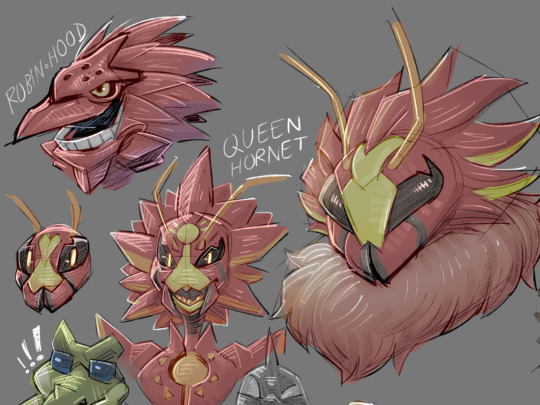
OC Sketches.
Needed to draw portaits for my character profile documents. Hopefully you'll get to know about them soon.
#furry#electric eel#unicorn#anthro#insects#my art#doodles#wanderer#black hole bandit#sangria#amber ella#soda pop
95 notes
·
View notes
Text








Electric Eel Cookie graphics! reblog if using ⟣ ┄ ⚡️
┄ ⟢ requested by Anon

#𓏼 ◞◟)﹒ evans dcr#𓏼 ◞◟)﹒ graphics#𓏼 ◞◟)﹒ rentry graphics#𓏼 ◞◟)﹒ pixels#𓏼 ◞◟)﹒ rentry#𓏼 ◞◟)﹒ cookie run#cookie run#cookie run ovenbreak#cr ovenbreak#cr ob#electric eel cookie#electric eel#graphics#pixel graphics#rentry graphics#mini pixels#pixels#bright colors#purple#yellow#cyan
70 notes
·
View notes
Text

#I don't know why I did this#i don't even listen to mgmt lol#whateverrrrrr#mine#theworsethingsgettheharderifight#eel#electric eel#electric feel#mgmt
752 notes
·
View notes
Text
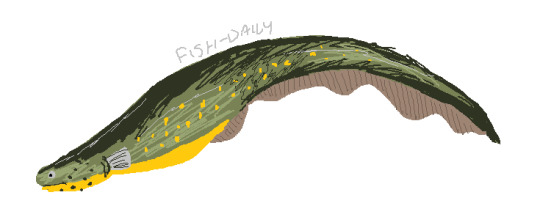
fish 136 - electric eel
191 notes
·
View notes
Text



61 notes
·
View notes
Text

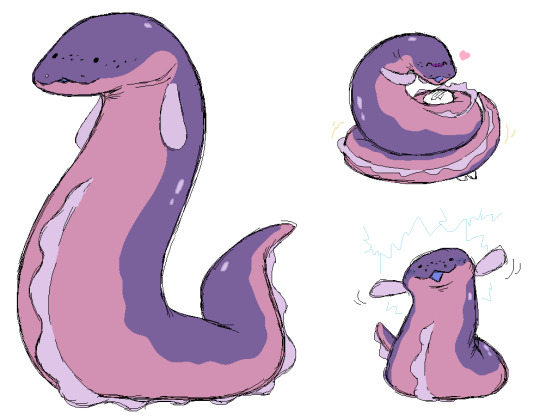
I said ooh girl
371 notes
·
View notes
